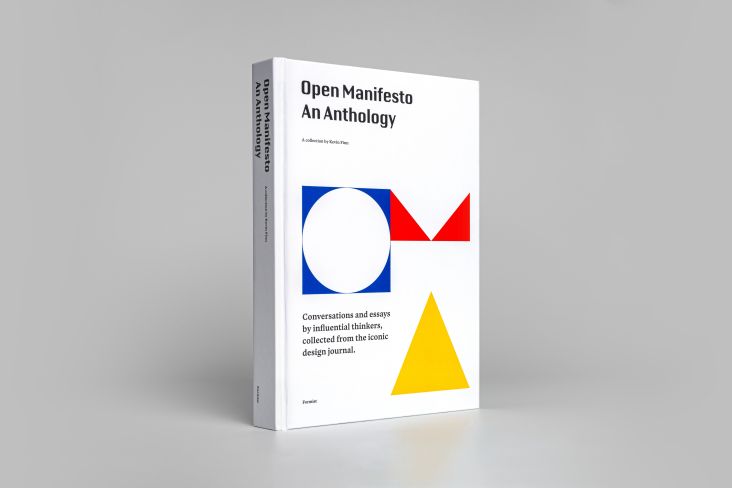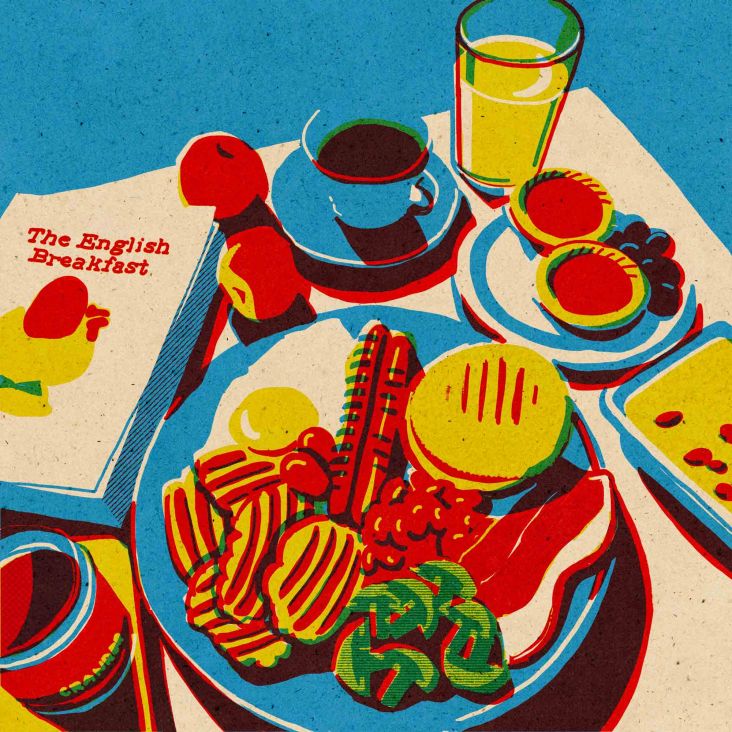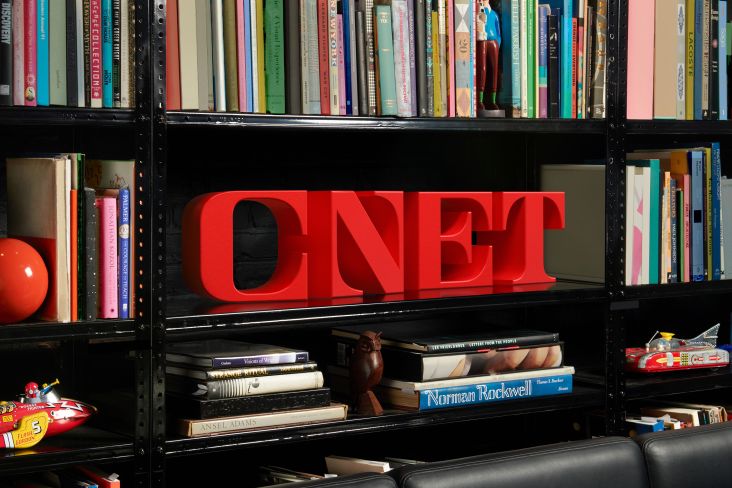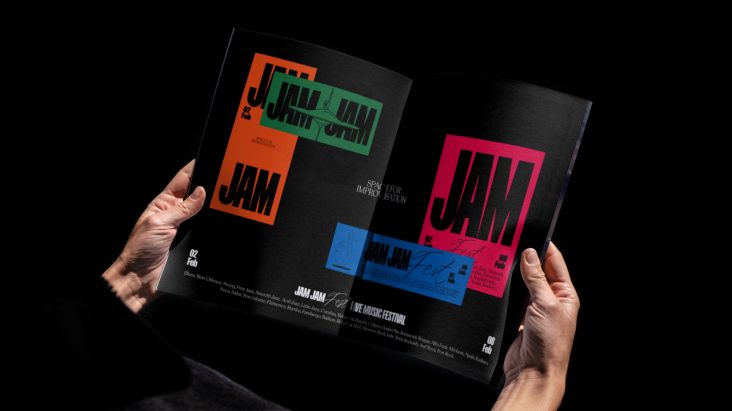How designers can solve the nightmare of forever-changing brand guidelines
It's no secret that brand guidelines have become a major headache for graphic designers working today. With everything in constant flux, it's difficult to keep up with the increasing demands of visual identities. Corebook is on a mission to help and wants to make PDF brand guidelines extinct by 2025. We sat down with Corebook's Janis Verzemnieks and Raitis Velps to find out more.
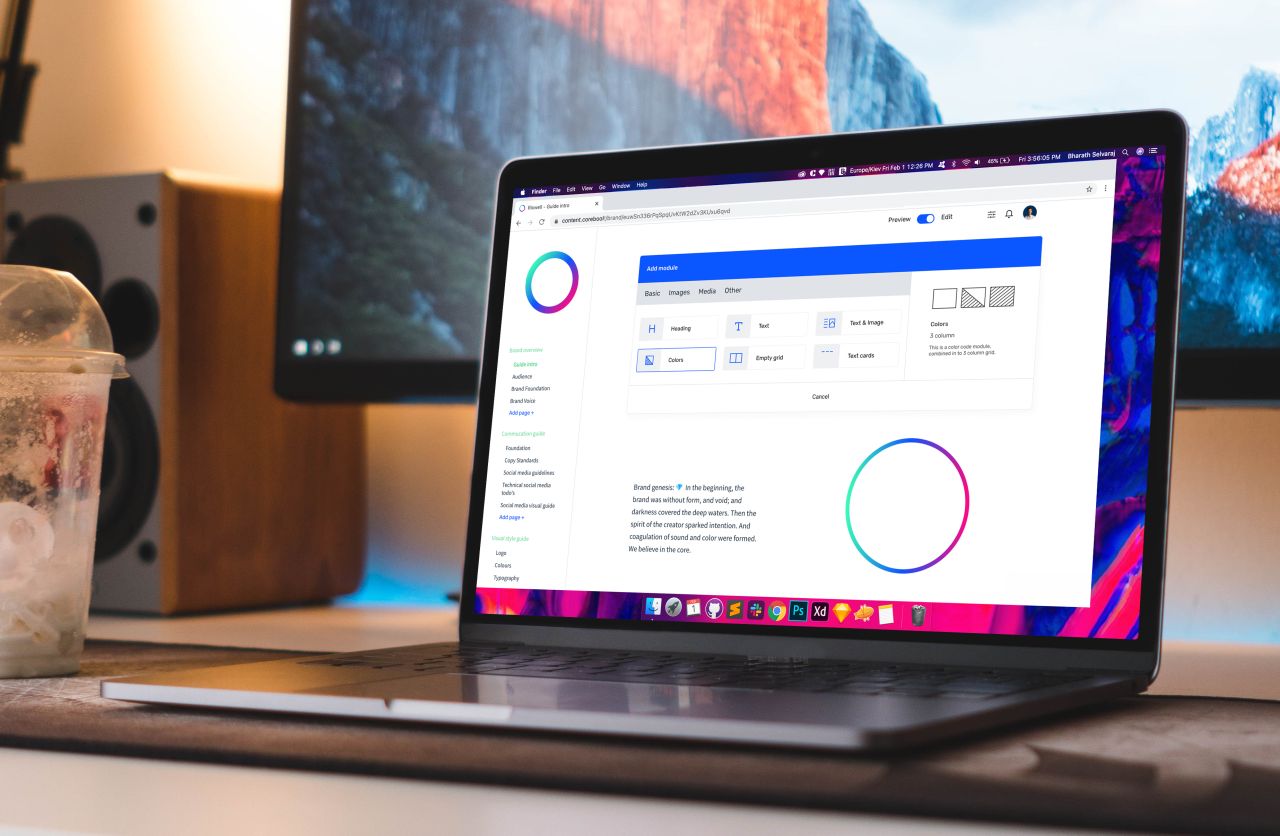
In 2022, dealing with brand guidelines remains a clunky, frustrating process for many. First, you have to read through the cumbersome, long-winded and increasingly outdated PDF that someone drew up several years ago. Next, you might have to scour your emails or the company intranet for random changes your boss introduced on an ad-hoc basis (you've been promised an updated PDF, but it hasn't yet been finalised).
Then you go looking for the official assets for, say, the logo – which could be anywhere on the system. And when you locate them, it's still not super-clear whether they're the latest version (the addition of 'final.final.final.jpg' to the filename doesn't fill you with much confidence).
Still using static PDFs
Okay, it might not be that bad where you work. But too many internal design departments at big companies, and even some design agencies, still take a disorganised, outdated and hugely inefficient approach to managing their brand guidelines. And most strikingly, these are usually based around a fixed-format PDF.
That approach might have worked okay in the 1990s. But in an era when brands exist across multiple channels that are dynamic and forever-changing, it's virtually prehistoric. As a result, most people don't even look at the brand guidelines, and the amount of effort that's gone into creating them is entirely wasted.
So what's the solution?
How Corebook solves the problem
Corebook is software that allows designers to create online brand guidelines that can be easily updated in real-time and shared with whomever you like.
It's already being used by well-known agencies, including Accept & Proceed, McCann London, The Partnership and M&C Saatchi. And its mission is quite simple – to make PDF brand guidelines extinct by 2025.
It does this by harnessing modern technology to make brand guidelines easy to access, share and collaborate on. With its user-friendly online platform, all your guidelines can be brought into one online home and – crucially – linked to all relevant brand assets, so they're easily accessible.
Because Corebook is built by designers, for designers, its interface has the uncanny knack of knowing exactly what you need and delivering it in a way that makes sense for your own workflow. It's such a simple and elegant solution. In fact, you'll wonder how you ever managed without it.
When it comes to pricing, there are two options: one for enterprises and one for agencies. Enterprise customers can begin with Corebook with a 14-day free trial, and if you decide to keep going, plans start at just $99 a month. When you consider the time and energy you'll save as a result, that seems like a real bargain.
Freelancers and agencies, meanwhile, may prefer the new Corebook Studio, which boasts a greater range of collaboration features. Again, there's a 14-day free trial offer, and prices start at just $39 a month on the Solo plan and $69 a month on the Teams plan.
To find out more about Corebook, we chatted with CEO Janis Verzemnieks and CMO Raitis Velps. They explain what inspired it, the problems it solves, and where they're taking Corebook in the future.

What were you doing before you launched Corebook?
Janis Verzemnieks: I have 12 years of experience working in design and branding. I've always been entrepreneurial and founded my first business when I was 20 years old.
It was a design studio working with the music industry. I was the guy who was designing the album art for covers and posters, planning marketing campaigns for travelling musicians, and things like that. So basically, I learned about branding from rock and roll legends!
Raitis Velps: I've also been in the marketing and branding space for about more than seven years. Plus, I'm a lecturer on marketing and branding for local universities here in Riga, Latvia.
Where did the idea for Corebook come from?
Janis: Well, we are working in design agencies ourselves. And we noticed that the majority of brand guidelines were not being used in real life.
That was a huge amount of resources just being wasted. And it meant that brand guidelines were not doing the job of maintaining consistency and collaboration in this fast-moving world of InstaStories and TikTok.
At the same, design and branding were becoming more important than ever before across organisations of all kinds. Modern companies were hiring people with titles like chief branding officer, brand guardian, and brand experience designer.
So every company was trying to build its brand… but they weren't doing it efficiently. And the right people were not talking to each other across the organisation.
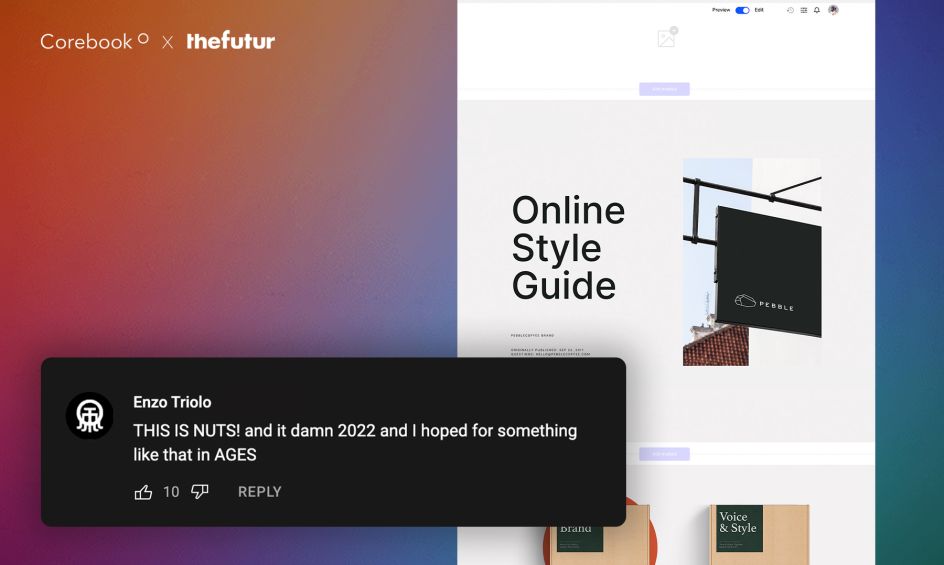
How does Corebook solve that problem?
Janis: We're basically doing two things. Firstly, we're introducing a new global standard for living, online brand guidelines, which will never get outdated.
Secondly, we're introducing a better brand management system by disrupting how modern teams give each other context around brand assets and guidelines. And the more people who can access brand guidelines, the more people can give feedback on them at the right time.
In short, our mission is to connect people who haven't been connected before. That's the core idea behind the Corebook universe.
Are you putting a lot of work into updating Corebook itself?
Janis: You can't imagine: it's a neverending process. We love to iterate and change a little bit every day. And most importantly, listen to our customers.
Raitis: That's the key thing for us, actually. Whenever we think about the product, we always think about the client first. What is going to be their experience? What are the features? What are the things that matter to them? Since we're all coming from the creative side, we already have an understanding of those things.
As well as actively listening to our clients, we're also always on the lookout for what's going on in the market and what's going on in the industry. So that mix of two things really helps.
You started Corebook in 2020. Do you think lockdown influenced takeup?
Raitis: I think working from home meant brands were looking for ways to communicate their brand guidelines better to teams. It's very easy when everybody is in an office, right? Everybody can just ask each other, 'What's going on here?' But when you're all at home, it becomes critical to have an easy way to communicate and one source of truth for everybody.
There are others in this space, though, right?
Raitis: Yeah, we're definitely not the first. But in my humble opinion, we are the first to focus on allowing our clients total and utter creative freedom in creating and sharing their brand guidelines. And we're also thinking about how to change the asset management system in a new way.
Let's talk about like PDFs, for example. If you're sharing them on Dropbox, say, then the user has to go into two separate environments: go look for a paragraph in the guidelines, and then go ahead and look for those assets somewhere else. And that can be a whole day spent just looking for a single version of a logo.
With Corebook, we're almost forcing our users to think about how they can integrate those assets into brand guidelines. Because whenever people see a logo, they, of course, want to directly download all of the logo versions from the same place.
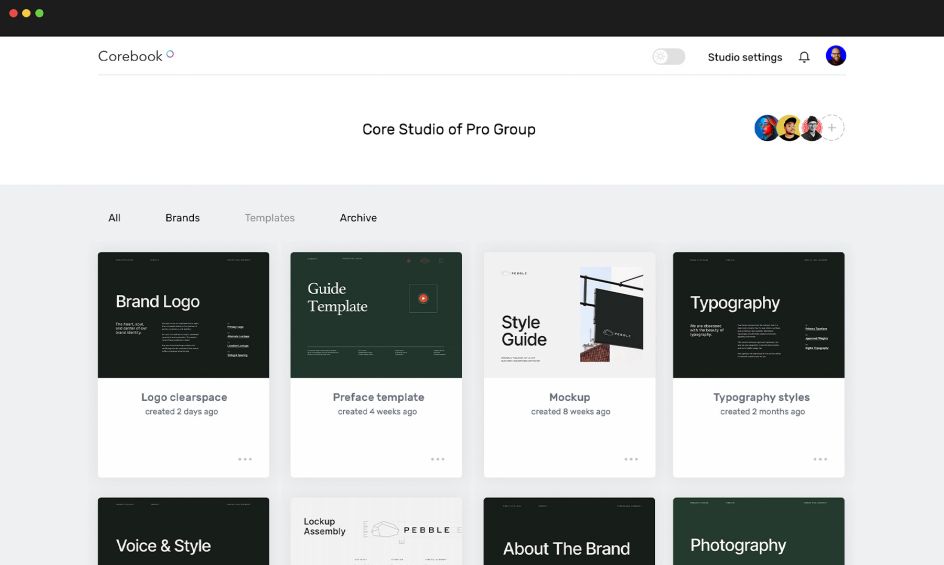
Janis: With Corebook, we want to be the centre point of all your brand assets by replacing the Dropbox folder. And then connecting all the stakeholders with all the hip digital tools they're already using, like integrations with Figma, Slack, Miro, Adobe, etc. In other words, we're all about making collaboration easier.
Raitis: Brands are ever-evolving, so it's crucial that online brand guidelines are always being updated. With Corebook, you're always in control of who has access to what and who has sharing possibilities. So for the first time, you truly are the owner of your brand. And you can access and update your brand guidelines wherever you are in the world.
What's your vision for the future of Corebook?
Janis: We want to build a Corebook universe for all things branding. Brand guidelines are just the beginning. So the grand vision is for Corebook to become the central point of every rebranding in the world for companies between 10 and 10,000 people.
Raitis: Our mission is that by the year 2025, PDF brand guidelines will be a thing of our past. It gives us such joy to see new and established brands join our mission by ditching their PDF and going digital and online. We want to shift that mindset of how brand guidelines are perceived, and we're at a very good place to actually accomplish it.





 by Tüpokompanii](https://www.creativeboom.com/upload/articles/58/58684538770fb5b428dc1882f7a732f153500153_732.jpg)


 using <a href="https://www.ohnotype.co/fonts/obviously" target="_blank">Obviously</a> by Oh No Type Co., Art Director, Brand & Creative—Spotify](https://www.creativeboom.com/upload/articles/6e/6ed31eddc26fa563f213fc76d6993dab9231ffe4_732.jpg)









